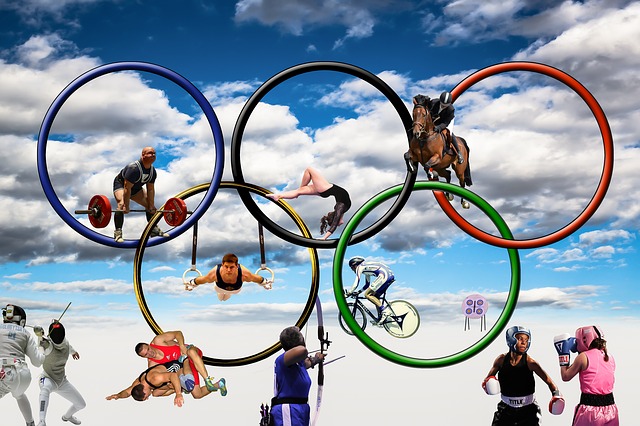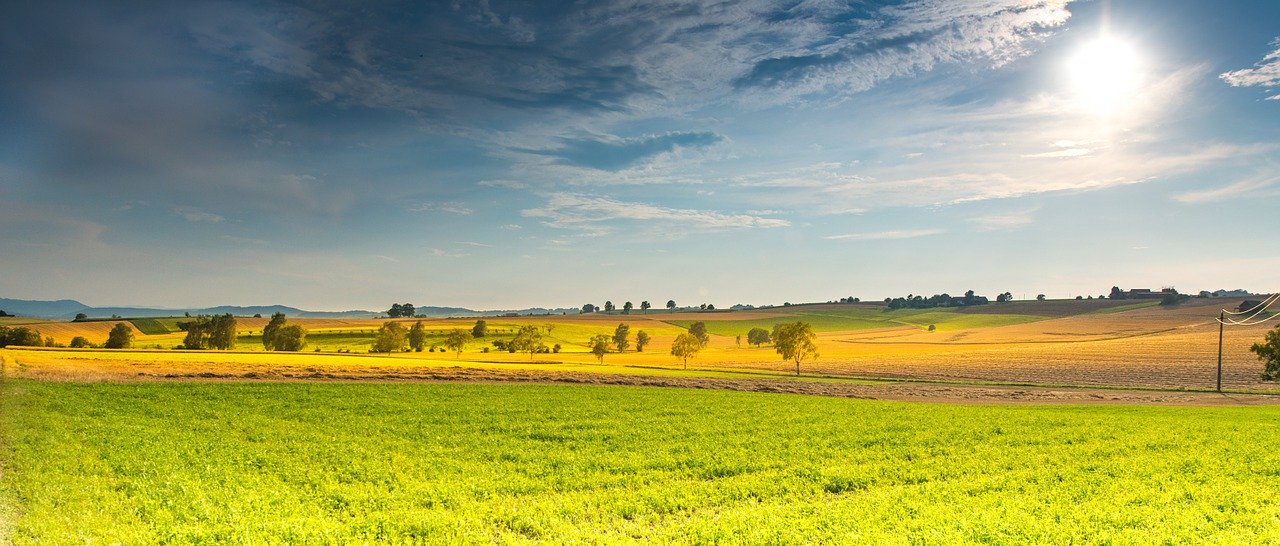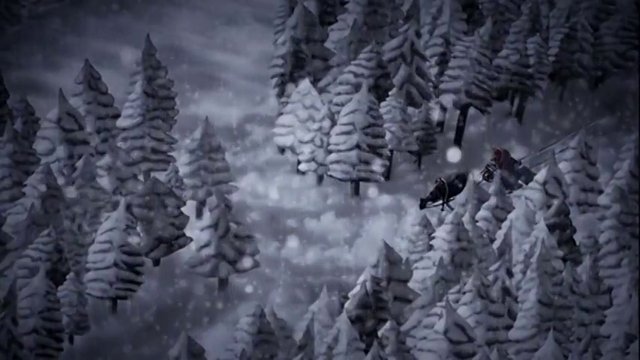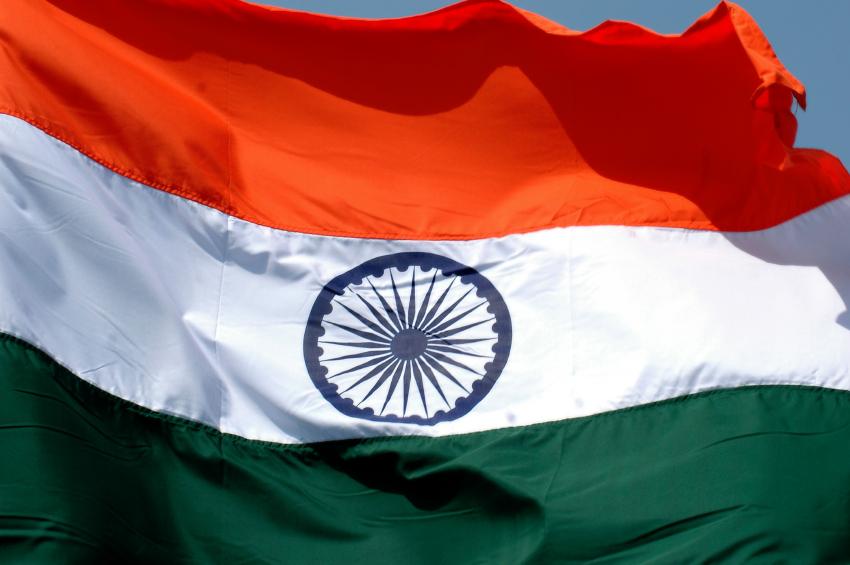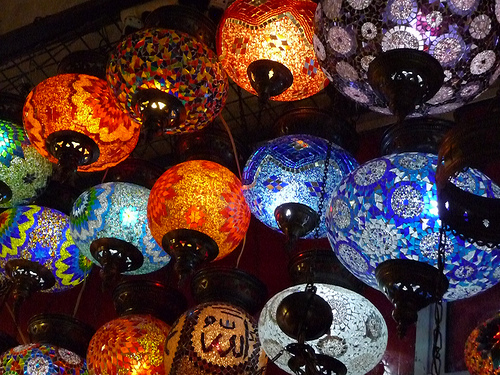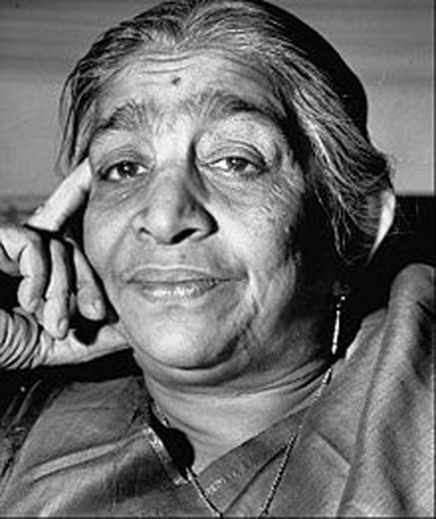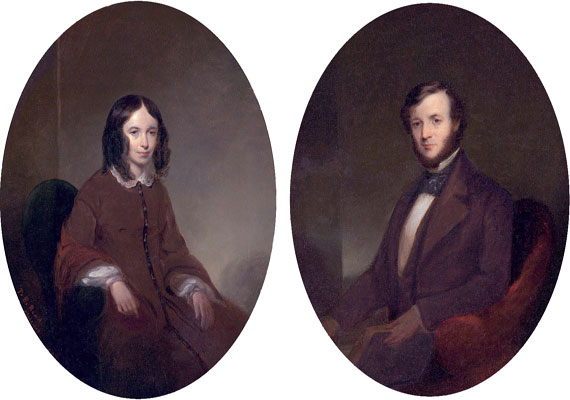Like most literary masterpieces, the story of A Horse and Two Goats did not achieve full recognition before the 1970s, which was ten years after its initial publication in the city of Madras. However, when the prose did achieve the deserved acclaim, it went on to become the cover story of R.K. Narayan’s seventh collection of short stories. By 1895, R.K. Narayan had become a widely popular writer around the whole world and he was often praised by critics for having bridged the difference between Indian culture and western writing.
The tale of A Horse and Two Goats has not received the same amount of recognition as some of Narayan’s other greater works likeThe Guide or the famously applauded Malgudi Days. Nevertheless, it is appreciated for its curious humour and brilliant characters, reminiscent of the olden village life.
A Horse and Two Goats Plot & Setting
The fictional town of Malgudi, is often depicted in his novels as the quaint quintessential rural town of India. Somehow, this story does not include the glorious town of Malgudi and is instead based in the tiny village of Kritam. In the very beginning of the story itself, the reader gets quickly acquainted to the village which is struck by poverty and hardship. This story is a factual portrayal of the average lifestyle in India, with its ancient societal systems like the caste system which corrupts the mind of the people.
A Horse and Two Goats Summary
The short story of A Horse and Two goats has a rustic plotline which revolves around the central character of Muni. He lives in the small village of Kritam with his wifeand is quiet obedient to her. Their house is one of the thirty odd houses present in the village and it is made out of easily available and basic housing materials like bamboo, thatch and mud. Since it is the typical idyllic village of India, fundamental necessities like running water and electricity are not available for use and the wife Muni has to do all the extra chores by herself which makes her grumpy most of the time.
In the very start of the story we see Muniwaking up one morning with an urgency to eat something more delectable than the usual meal of raw onion and little balls of cooked millet. So he goes to collect a few drumsticks from a nearby tree which he gives to his wife so that she can put the vegetables in a pot of curry. The wife readily agrees to complete this task but only if he could fetch the other ingredients like rice, dal, oil and spices. The family had become so poor that such basic groceries were also not available in their kitchen. However, in the past, they were better off and even considered themselves affluent. Muni used to be in possession of a large flock which consisted of forty sheep and goats. He dearly cared for his flock and would take them out to graze every day. That was a time of content and prosperity for Muni but it was now long gone. Calamities like repeated droughts and a year of great famine starved his animals and depleted his stock of granary. In addition to these calamities, the remaining animals also suffered from a bad epidemic resulting in complete catastrophe.
Since Muni belonged to a low caste among the members of the village he was not allowed to go to school with the kids of other castes. Lack of education had made him dependent only on his animals. He knew no other skills or trade and had thus been reduced to such a meagre livelihood. The destitute couple didn’t even have any offspring to depend upon in the future when they would grow older and have nobody to look after them. Mostly, they get by through taking odd jobs here and there and so the family income is perpetually non-existent. Muni’s wife sometimes earns a bit of money through extra work at the Big House where the only rich and affluent family of the village live. Their situation is so bad, that Muni had had to take credit from every store of the village and now all the shopkeepers simply refuse to give him any credit and send him away with insults.
As the story unfolds we sympathise with Muni and his circumstances but also understand his wife’s frustration with him. Their actions and behaviour are mainly driven by hunger and want. When Muni’s wife realises that there is no more food in the house she sends her husband away to fast with the goats till evening as if to punish him and make him repent upon their present crisis.The hapless Muni obediently took his goats to graze at his regular grassy patch a few miles off the highway. This spot had become quite a favourite for him because it had a huge clay statue of a horse and a warrior and he could spend idle time there, just relaxing while the goats grazed. Looking at the passing vehicles on the highway was an enjoyable pastime for Muni. As the old man sat gazing at the road, waiting for the right time to head back home, a yellow station wagon appears on the road and makes a stop in front of him. A strange looking foreigner peeks out of the wagon and asks him where the nearest gas station is. Muni is stunned by the appearance of this white man and he wishes to run away from the spot because he assumes the foreigner to be a policeman or soldier, come to assault him. The reason for such an assumption was the American’s khaki coloured uniform.
However, Muni was too tired and old to move away from the place in a hurry and moreover he couldn’t leave his last two goats alone next to the highway. The two people who werenow feeling awkward in the presence of each other began to have a fragmented conversation. Obviously, the communication was not effective at all as neither of them understood each other’s dialect but they waved their hands a lot to express what they were trying to say. The American could utter only one Indian word which was “Namaste” and Muni replied to him by saying only “Yes” or “No” which were the only two words he knew in English. If observed from a third person perspective the scene would appear quiet comic to the observer.
The American points and shows great interest in the statue of the clay horse. Asthe two men light a cigarette between them while conversing about it, Muni tells the foreigner about the history of the statue and what the symbol represents in Indian heritage. The American does not understand much what Muni says but becomes utterly mesmerized by it and decides to buy the statue to take it back home. Following this decision the dim-witted American pays a full hundred rupees to Muni and believes that he has just bought the statue of the horse from him. Muni, from his point of view, believes that the white gentleman has bought his goats from him. His happiness knew no bounds as he realised that the money he has just come into possession is twenty times more than what he owes as credit to the storekeepers. He rushes back home to relate this wonderful incident to his wife but his wife fails to believe him and is not convinced regarding the story of the goats. She thinks he has obtained the money through some illegal means and starts shouting at him when the goats find their way back home. Hence, it was not a very happy ending for Muni after all.
Some online learning platforms provide certifications, while others are designed to simply grow your skills in your personal and professional life. Including Masterclass and Coursera, here are our recommendations for the best online learning platforms you can sign up for today.
The 7 Best Online Learning Platforms of 2022
- Best Overall: Coursera
- Best for Niche Topics: Udemy
- Best for Creative Fields: Skillshare
- Best for Celebrity Lessons: MasterClass
- Best for STEM: EdX
- Best for Career Building: Udacity
- Best for Data Learning: Pluralsight
